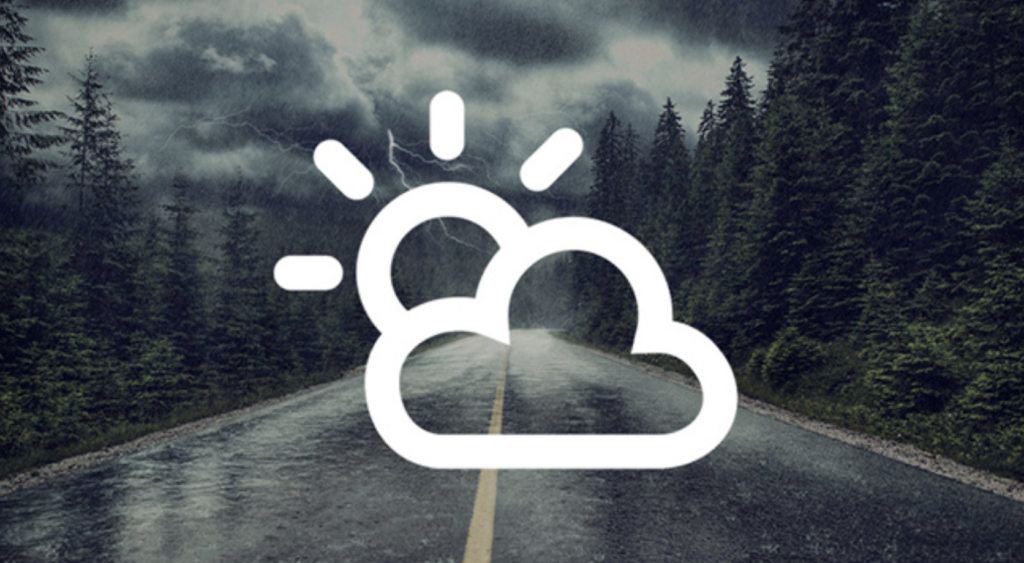There are businesses that depend on weather conditions for them to generate revenue. This means that having systems that predict future weather conditions in place is very important to such businesses.
They spend a lot of time and resources developing applications and systems that meet their requirements. Luckily for them, technology has made it possible for them to implement an API that works or that has functionalities closely matching their demands.
With such an API, the businesses are able to customize them to match their set demands while at the same time spending little resources compared to if they built their own applications from scratch.
There are many weather APIs available in the market today, each offering different functionalities and features. The bottom line is the fact that they all do the same job. However, these businesses spend a considerable amount of time comparing weather APIs before they can settle on the one to implement.
Most of the time, they disregard the freely available weather APIs and go for the paid ones. You might be wondering why businesses would want to spend money on an API when they can get the same for free. Here are a number of reasons why they prefer paid APIs over the freely available ones.
Centralized Weather Forecast Solution
A bigger percentage of the free weather APIs come with different versions of data formats. This makes it difficult for businesses since they have to get all the versions of an app or software to make sure that the different format types are supported. Most businesses find this quite demanding and time-consuming.
On the other hand, the paid weather APIs come packaged as a centralized weather forecast solution that supports all the requirements without having to install different versions of an application. They also come with other weather forecast features that might be important to a business. Such features might include historical data, a set time interval forecast with alerts among others.
Skilled Data Collection
Weather APIs collect climate data from multiple weather stations that use a wide range of equipment to measure the atmospheric conditions across the globe. This data is accumulated and then compiled before it is presented to the final user in a weather application. However, this gets a little bit complicated for the free weather APIs. They might not be able to compile the collected data, meaning that they might just choose to present data from a single source.
On the other hand, the paid weather APIs collect data from multiple sources that include private weather stations. Due to their available resources and the need to adequately meet the needs of their users, they have the potential to analyze this data and provide a detailed report to the end-user. They also have skilled meteorologists that guide and analyze the collected data for easier interpretation by the end-user.
Reliability
Free weather APIs are prone to downtimes. Most of the time, this is caused by a lack of enough resources and a continued upgrade of the APIs to try and match the functionalities provided by the paid APIs. This makes them unsuitable for business operations.
However, the paid APIs come with a robust network of backups that makes sure that in a situation where a downtime occurs, they are able to respond immediately to avoid affecting their users.
Let us take an example of a security company that uses walkie-talkies. Their security personnel use these devices at all times, despite where they are or the weather conditions they are operating under. If you take a look at the best walkie-talkies, you will realize that they are designed to operate under any weather conditions while at the same time providing weather conditions to the personnel. This reliability is made possible by the paid weather APIs.
Conclusion
We all know that when you buy software from a company, chances are that you will be getting professional support from the company. It is also likely that there is a publicly available review that you can look at before deciding which API to choose.
On the other hand, it might be very difficult to get quality and readily available customer support from the free weather APIs. This explains why businesses prefer using the paid weather APIs over the free ones.

